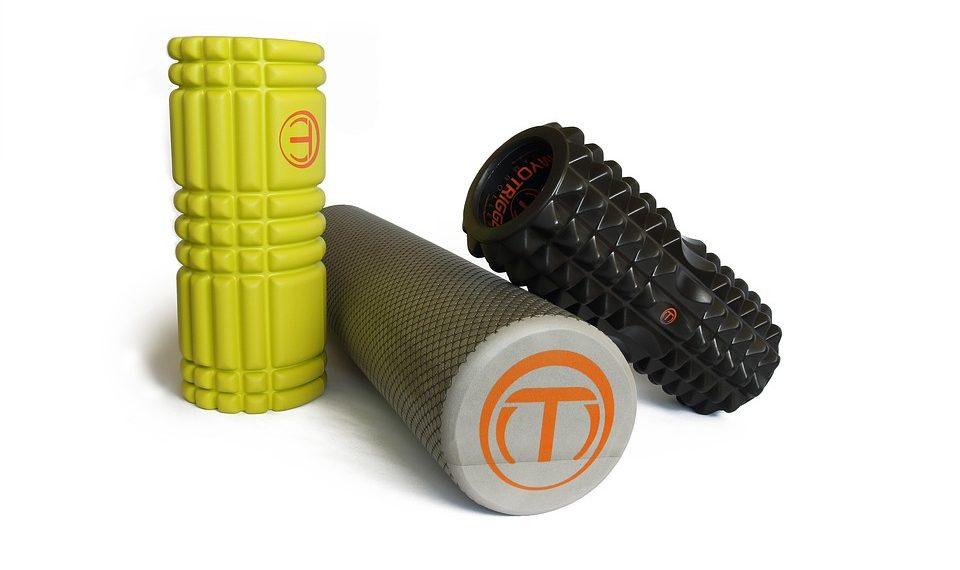Speedy workout recovery is key to keeping your fitness journey on track. After all, who wants to feel sore and sluggish when you could be bouncing back stronger than ever? Your body deserves the best care, and knowing how to recover effectively can make all the difference in your performance and motivation.
In this article, we’re diving deep into the 7 essential tips for speedy workout recovery. These tips will empower you to listen to your body, heal efficiently, and get back to what you love—feeling good and crushing your goals.
Contents
Why Speedy Workout Recovery Matters
Understanding workout recovery is more than just a buzzword. It’s about giving your body the chance to rebuild muscle, replenish energy, and prepare for your next session. When you push your limits, you’re causing tiny tears in your muscle fibers. Recovery is how your body repairs those tears, making you stronger in the process.
If you neglect recovery, you risk injuries, burnout, and that dreaded plateau. Let’s be real: nobody wants to feel like they’re running in place. Embracing these tips can help you stay on course, enhance your performance, and elevate your fitness game.
1. Hydrate, Hydrate, Hydrate
Your body is mostly water. It’s no surprise that hydration plays a pivotal role in your recovery. After a sweaty workout, you need to replenish lost fluids. Dehydration can lead to muscle cramps, fatigue, and prolonged soreness.
- Aim to drink at least 16-24 ounces of water for every pound lost during your workout.
- Consider electrolyte drinks if you’ve been sweating heavily. They can replace lost salts and minerals.
Tip: Keep a water bottle handy throughout the day. Make it a habit to sip regularly, rather than chugging large amounts sporadically.
2. Prioritize Nutrition
What you eat post-workout can significantly affect your recovery. Your muscles crave protein and carbohydrates. Protein aids in muscle repair, while carbohydrates replenish energy stores.
- Focus on a balanced meal within 30-60 minutes after your workout.
- Options like grilled chicken with quinoa, Greek yogurt with berries, or a protein shake with a banana can do wonders.
Tip: Prepare meals ahead of time. This way, you won’t be tempted to grab unhealthy snacks when hunger strikes.
3. Embrace Active Recovery
Rest days are essential, but that doesn’t mean you have to be a couch potato. Active recovery includes low-intensity exercises like walking, yoga, or swimming. These activities can help increase blood flow, reducing muscle soreness while still allowing your body to rest.
- Aim for 20-30 minutes of low-impact activity on your rest days.
- Listen to your body. If you’re feeling particularly sore, opt for gentle stretching or a leisurely walk.
Tip: Find enjoyable activities that keep you moving without the intensity. Dancing, hiking, or even gardening can be excellent choices.
4. Sleep Like a Champion
Never underestimate the power of a good night’s sleep. Sleep is when your body does most of its healing. It’s during deep sleep that your muscles repair and grow.
- Aim for 7-9 hours of quality sleep each night.
- Create a bedtime routine: dim the lights, turn off screens, and relax your mind.
Tip: Consider using sleep aids like white noise machines or calming herbal teas to enhance your sleep quality.
5. Use Foam Rollers and Stretching
Foam rolling and stretching are fantastic for reducing muscle tension and improving flexibility. They help release knots in your muscles, enhancing blood flow and accelerating recovery.
- Spend at least 10-15 minutes foam rolling after workouts.
- Incorporate dynamic stretching before workouts and static stretching afterward.
Tip: Focus on areas that feel tight. Targeting specific muscles can yield significant relief and improve your range of motion.
6. Consider Supplements Wisely
While whole foods should primarily fuel your nutrition, some supplements can enhance recovery. Omega-3 fatty acids, branched-chain amino acids (BCAAs), and vitamins C and D can support muscle recovery and reduce inflammation.
- Always consult with a healthcare professional before starting any new supplement regimen.
- Choose high-quality products from reputable brands to ensure safety and efficacy.
Tip: Keep a journal of what works for you. Tracking your recovery can help identify which supplements yield the best results.
7. Listen to Your Body
This might sound cliché, but tuning into your body is crucial. Everyone’s recovery needs are different. What works for one person may not work for another. Pay attention to how you feel after workouts and adjust your recovery strategies accordingly.
- If you feel fatigued or sore, don’t hesitate to take an extra rest day.
- Remember that recovery is a personal journey. Trust your instincts.
Tip: Keep a fitness journal. Documenting your workouts and recovery can provide insights into what strategies are most effective for you.
Bottom Line
Incorporating these 7 essential tips for speedy workout recovery can transform your fitness experience. By prioritizing hydration, nutrition, active recovery, sleep, stretching, supplements, and mindful listening, you can enhance your performance and prevent injuries.
You deserve to feel great in your body. Embrace these strategies, and watch how quickly you recover and thrive in your fitness journey.
FAQs
Q: How long should I wait to work out again after a heavy workout?
A: It depends on your body and the intensity of your workout. Typically, a rest of 24-48 hours is ideal for muscle recovery.
Q: Can I skip stretching after workouts?
A: While it’s not mandatory, stretching can greatly aid in recovery by enhancing flexibility and reducing soreness.
Q: Are there any foods that specifically help with recovery?
A: Yes! Foods rich in protein (like chicken, fish, legumes) and antioxidants (like berries and leafy greens) can help speed up recovery.
Remember, your journey is uniquely yours. Embrace these tips, stay committed, and let your body guide you to greatness!
Get Your FREE Natural Health Guide!
Subscribe now and receive our exclusive ebook packed with natural health tips, practical wellness advice, and easy lifestyle changes — delivered straight to your inbox.















